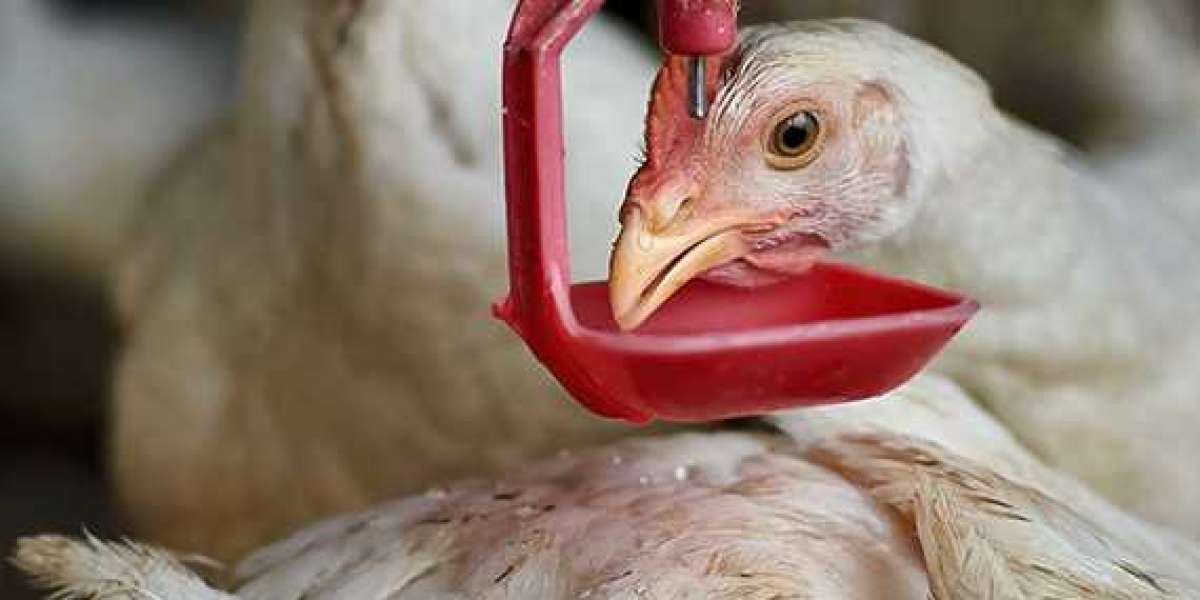Introduction to Poultry Diagnostics
Poultry diagnostic refers to the identification and analysis of diseases and health issues affecting poultry flocks. Proper diagnostics is crucial for poultry producers to maintain flock health and productivity. This article will explore some key aspects of poultry diagnostic including types of testing, sample collection, common diseases, and the role diagnostics plays in disease prevention and treatment.
Types of Diagnostic Testing
There are several types of diagnostic tests that can be used to determine the health status of poultry flocks:
Serology: Serology tests, also known as antibody tests, detect antibodies in blood serum that are produced in response to certain diseases. These tests can identify if birds have been previously exposed to pathogens like avian influenza or Newcastle disease.
Microbiology: Microbiological tests identify the presence of bacteria, viruses, parasites or other microorganisms in samples. Culturing and PCR (polymerase chain reaction) techniques are commonly used to detect specific pathogens.
Necropsy: A postmortem examination of dead birds, known as a necropsy, can provide visual clues to diagnosis. Tissue samples collected during necropsy can then undergo further lab testing.
Molecular Diagnostics: Advanced molecular diagnostic methods like real-time PCR have revolutionized poultry disease detection. They provide rapid, sensitive identification of pathogens from different sample types.
Sample Collection and Submission
Proper sample collection and handling is critical for accurate diagnostic results. Samples must be properly stored and transported to avoid deterioration. The most common sample types submitted for poultry diagnostics include:
- Oropharyngeal (choanal cleft) and cloacal swabs: Used for microbiological testing.
- Serum: Collected from the brachial vein for serology tests.
- Tissues: Organ tissues collected during necropsy examinations.
- Eggs: Yolk, albumen and embryos can be tested for certain pathogens.
- Feces: Help identify enteric (intestinal) infections and coccidiosis.
Common Poultry Diseases Tested
Some significant diseases frequently evaluated through poultry diagnostic include:
Avian Influenza: A highly contagious viral disease and causative agent of bird flu outbreaks. Rapid PCR tests are commonly used.
Marek's Disease: A ubiquitous herpesvirus infection causing tumors. PCR analysis of tissue samples enables diagnosis.
Infectious Bronchitis: A coronavirus infecting the respiratory and urogenital tracts. RT-PCR tests are highly sensitive and specific.
Newcastle Disease: A devastating viral pathogen affecting many bird species worldwide. Microbiological culturing and molecular tests are used.
Salmonellosis: Zoonotic bacterial disease associated with Salmonella enterica. Bacteria is isolated through culture and identified.
Coccidiosis: An enteric parasitic disease primarily affecting young chickens and turkeys. Fecal flotation or molecular tests detect oocyst shedding.
The Role of Diagnostics in Disease Management
Timely and accurate diagnostics is essential for controlling disease outbreaks and minimizing economic losses in poultry production. Knowing disease status allows for:
- Rapid treatment and containment: Prompt diagnosis leads to quicker therapeutic intervention and prevents spread.
- Monitoring flock health: Routine monitoring through diagnostics helps detect subclinical infections and implement preventive measures.
- Vaccine selection: Diagnostics guides proper vaccine selection to provide protection against significant prevalent pathogens.
- Trade and movement: Many countries require diagnostic testing and certification for import/export of poultry and products.
- Surveillance programs: Industry-wide surveillance through laboratory submission aids early detection of foreign diseases.
In conclusion, modern poultry diagnostics employs a range of laboratory tests tailored to each situation. Strategic use of diagnostics supports optimum flock health, productivity and food safety through early disease identification and management. Diagnostics is an indispensable tool for disease prevention and control in the poultry industry.








